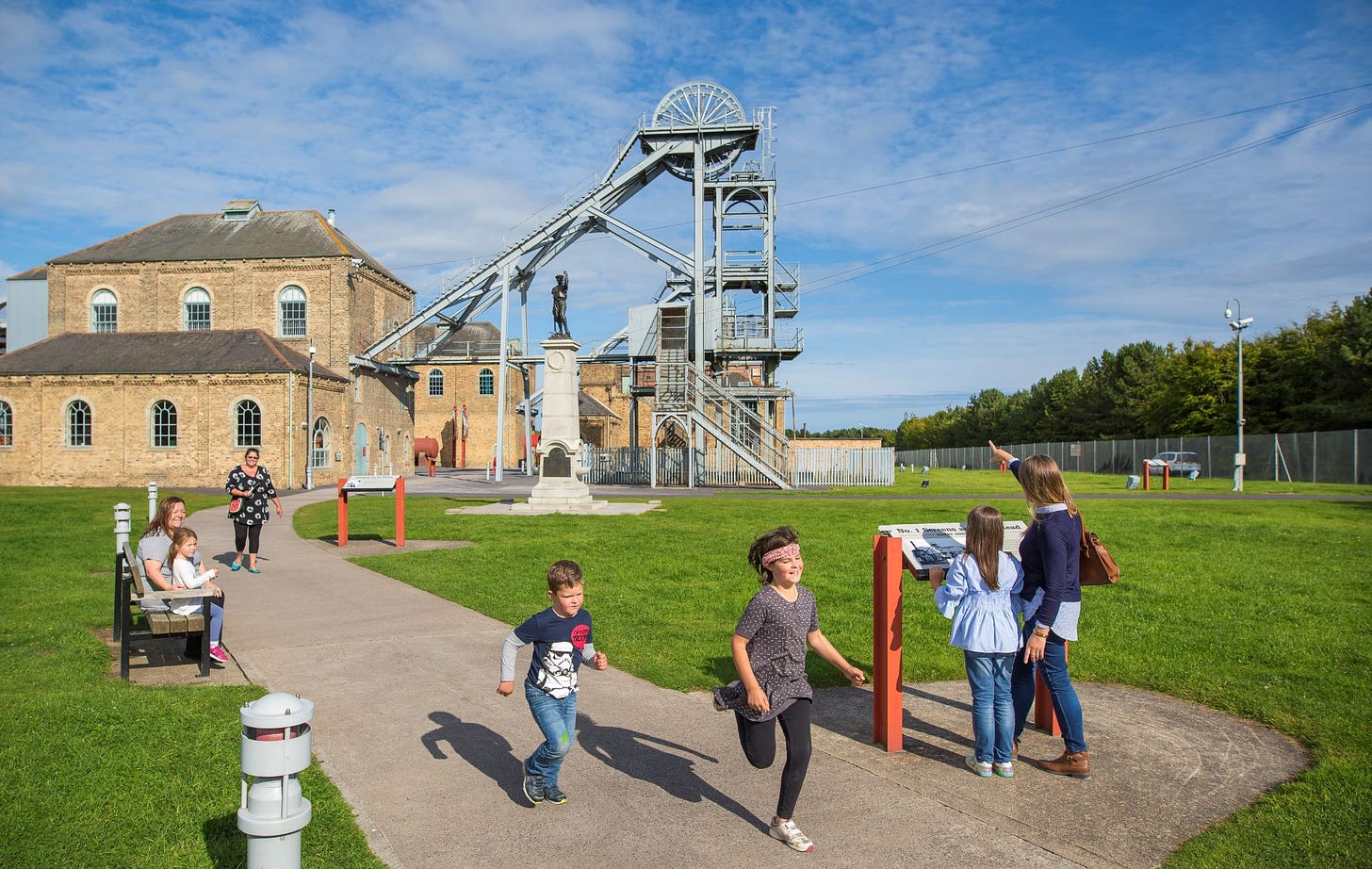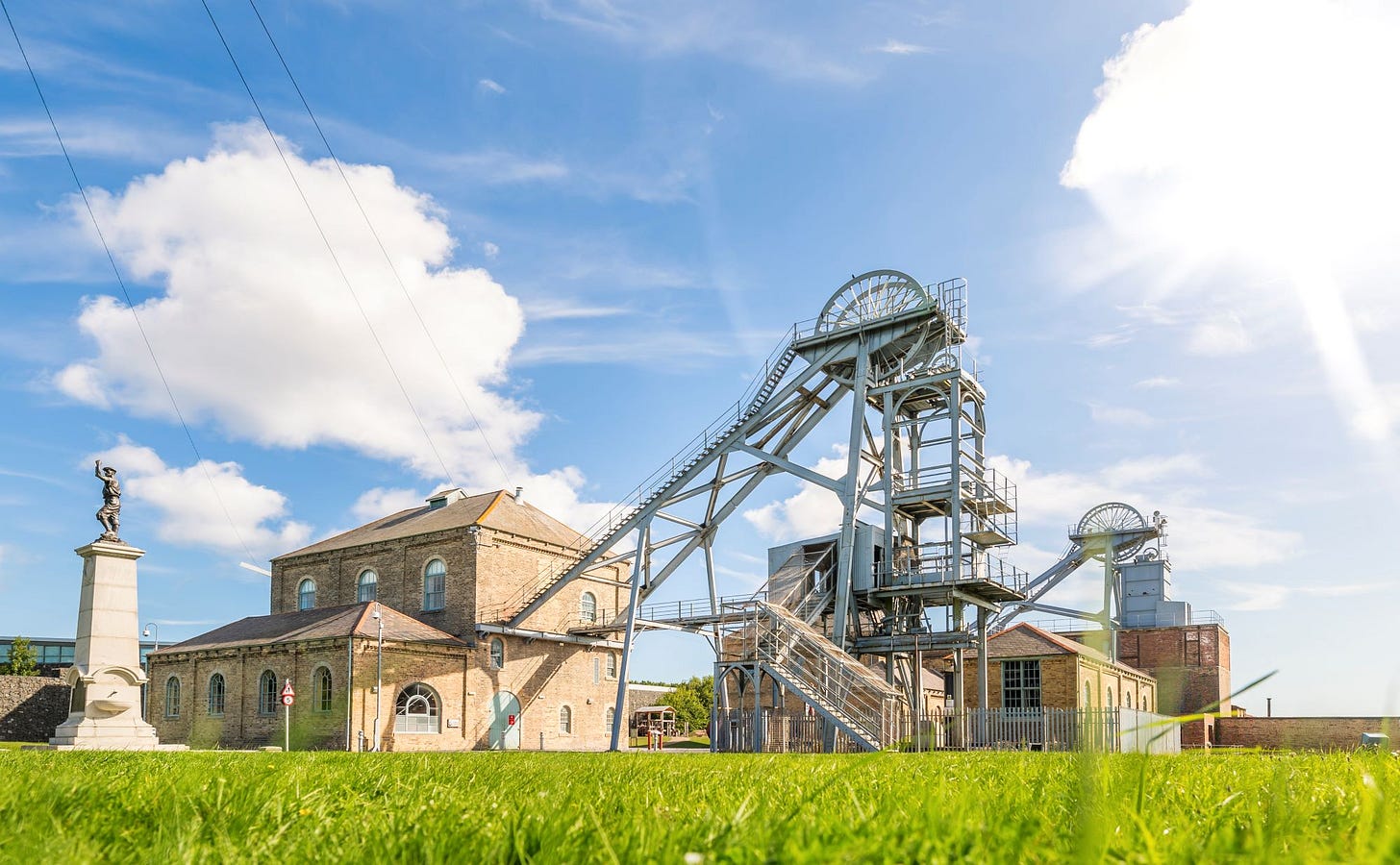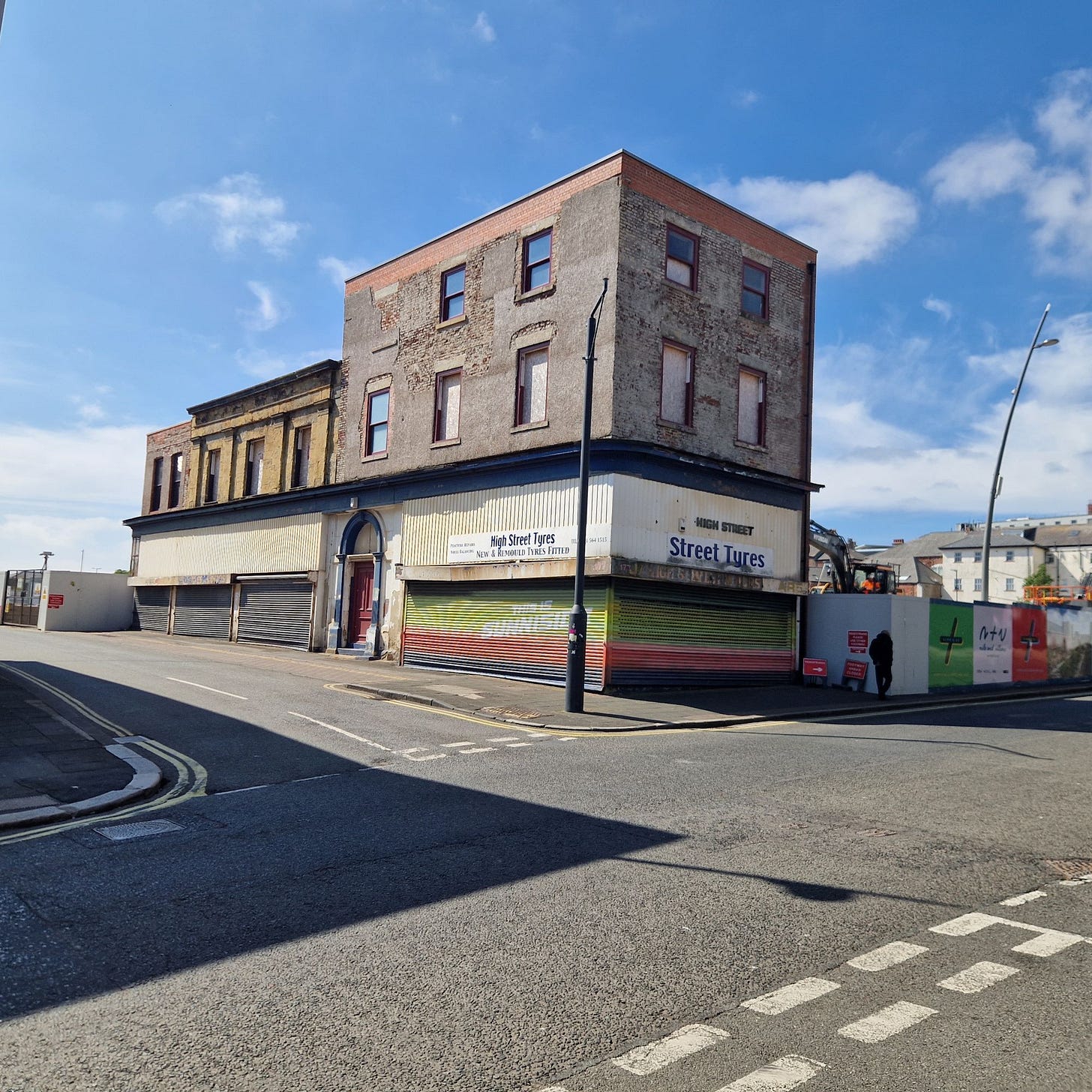Help at hand for historic North East structures at risk
Urgent repair work can now take place
Wildly different buildings and structures in Northumberland, Newcastle and Sunderland are to benefit from repair grants from the Heritage at Risk Capital Fund.
Grants totalling £15 million have been allocated from the fund – led by Historic England and with money from the Department for Culture, Media and Sport – to 37 sites across England.
Of that sum (earmarked for rescuing listed buildings and sites threatened with dereliction or demolition) £2 million is heading for projects in the North East.
It will go towards repairing historic mineshaft structures at Woodhorn Museum, near Ashington; repairing two community rooms on Newcastle’s Byker Wall estate; and turning a derelict 19th Century building in Sunderland into a community hub.
Nearly £1 million (£997,265, to be exact) has been allocated to restoring the rare heapsteads (structures above a colliery shaft) at Woodhorn where coal was brought to the surface from deep underground.
Funding was needed urgently as deteriorating steel poses an obvious hazard. Without immediate action it was feared these monuments to Britain’s mining heritage could be lost.
As part of the restoration, new exhibitions are planned with screens showing interviews with some of the ‘windermen’ who operated the original winding systems.
Northumberland County Council is also investing in the project which meets the Heritage at Risk Capital Fund criteria by providing training opportunities for young people while preserving community identity.
Keith Merrin, director of North East Museums (and formerly of Woodhorn), said: “We’re absolutely delighted to receive this support from Historic England. It’s a huge step forward in securing the future of the heapsteads.
“The structures are such an iconic part of Northumberland’s landscape and identity and they stand as powerful symbols of the region’s proud mining legacy.
“Their restoration will not only prevent the loss of a vital piece of our heritage but will completely reawaken the visitor experience around the colliery buildings at Woodhorn Museum and the stories they tell, reconnecting the community with its past.”
A six-figure sum (£858,208) has been allocated to the Tyre Shop at 177 High Street West, in Sunderland’s Sunniside neighbourhood, the aim being to turn it into a community hub.
The project is part of a long-term partnership between Historic England, Sunderland City Council and Tyne & Wear Building Preservation Trust aimed at regenerating the area.
Partners say the restoration of the Tyre Shop will conserve an important historic building and dramatically improve the streetscape.
The grant will enable its transformation into a busy, multi-use facility including retail units, a meeting house for Sunderland Quakers and an events space, with carbon and energy efficiency also factored in.
In Newcastle, a grant of £98,735 will fund the transformation of two Grade II* listed hobby rooms on the distinctive Byker Wall estate
Karbon Homes will convert the Spires Lane hobby room into a new community hub while St Michael's Mount will become an art studio for creative production and community engagement.
The buildings were incorporated into architect Ralph Erskine's bold 1960s social housing vision but they have suffered years of neglect.
Making them fit for their original purpose while also addressing contemporary needs is seen by Karbon Homes as part of their Fair Foundations pledge to deliver projects of lasting social benefit.
Other projects to be supported across the country include Victorian market halls and medieval churches.
The Government sees the Heritage at Risk Capital Fund as part of its commitment to widen opportunities and deliver growth.
The fund operates alongside Historic England’s existing Heritage at Risk programme, targeting sites requiring immediate action to prevent further deterioration.
Heritage minister Baroness Twycross said: “Our extraordinary heritage weaves together the stories that define who we are as communities and as a nation.
“We are delivering on our Plan for Change through the Heritage at Risk Fund by breathing new life into treasured places, buildings and monuments across the North East, helping to increase opportunities and ensuring that future generations have access to our rich heritage.”
Louise Brennan, director of regions at Historic England, said grants from the fund would benefit neglected buildings that couldn’t be helped through existing schemes.
“This initiative will not only boost economic growth but also create amazing opportunities for people in some of the nation's most disadvantaged areas,” she said.
“We're thrilled to support projects that harness the power of heritage to make a real difference where it's needed most.”







